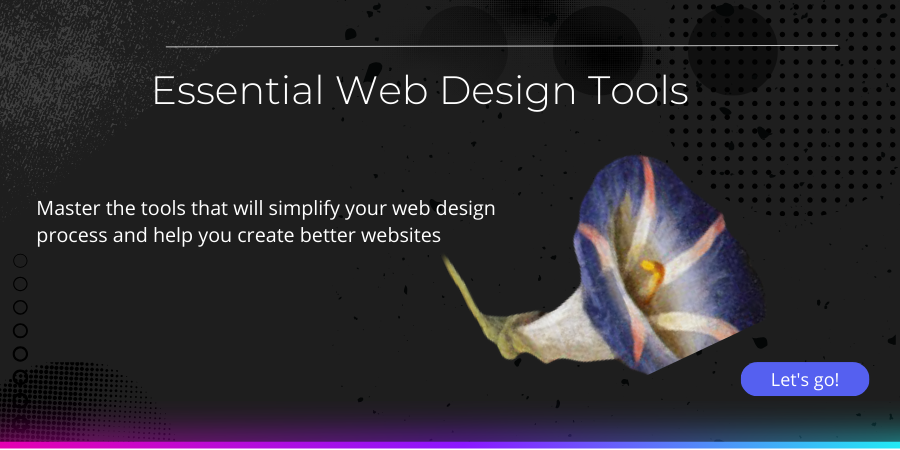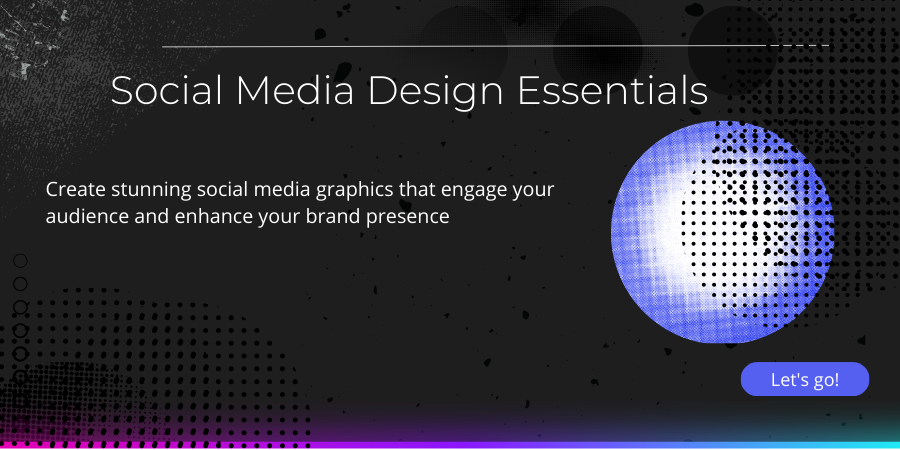
Part 1: Web Design Tools: Essential Software for Designers
Course Description
This module introduces the top web design tools, including design software, prototyping tools, and code editors.
The world of web design is constantly evolving, requiring designers to stay up to date with the latest tools and technologies to create visually appealing, functional, and efficient websites. Choosing the right set of tools significantly impacts workflow, efficiency, and the final quality of digital products. From prototyping and wireframing to graphic design and coding, modern web design tools streamline processes, improve collaboration, and enhance creativity.
A strong foundation in design begins with wireframing and prototyping software. These tools allow designers to visualize the structure of a website, plan layouts, and create interactive mockups before moving on to development. Wireframing tools help in mapping out the user experience by defining how different elements interact within a page. Prototyping software takes it a step further by simulating user interactions, making it easier to test usability and refine designs before implementation. These tools bridge the gap between design and development, ensuring a seamless transition from concept to final product.
Graphic design tools are at the heart of any web designer’s toolkit. They enable the creation of visually compelling assets, from icons and illustrations to full-scale interface elements. Vector-based design software allows for precise and scalable graphics, essential for responsive design. Raster editing tools, on the other hand, are crucial for working with images, refining textures, and enhancing visual details. Advanced AI-powered design tools now offer automation for repetitive tasks, saving time while allowing designers to focus on creativity.











